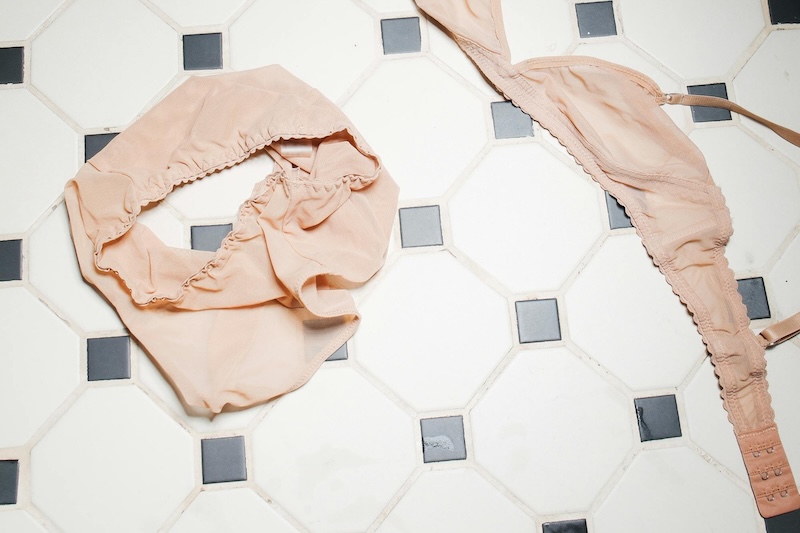This question was recently posed in a local mom Facebook group, and it got me wondering and reminiscing! My mom always told my sister and me when we were little (post-diapers) that it’s better to sleep without underwear to let your “girl parts” breathe. To this day, I usually sleep without undies. Some moms were commenting that it can help prevent yeast infections. Is there any data to support this? Any reason boys should sleep with/without underwear too?
—Captain Underpantsless / Mom of Two
Isn’t it amazing the things our moms told us that we simply take as true, and then later we learn not everyone heard of it? For reasons I cannot remember, my mom told me that you only have to shave your legs up to your knees. So I had hairy upper legs until college. The no-underpants sleep is a new one to me, though.
Indeed, yeast infections and vaginitis more broadly are sometimes thought to be associated with the vaginal environment being too moist. Pantyhose, in particular, get a bad rap (this one my mom did tell me). Underwear during sleep is mentioned in this category. However: in the data (see, e.g., this paper), sleeping with underwear is not associated with vaginal issues. In general, the literature evaluating the link between underwear and vaginal health doesn’t come up with much — thong underwear and tight-fitting underwear do not seem to play a role in your vaginal flora.

There are some known risk factors for yeast infections and other types of vaginitis: douching, for example. But it seems like sleeping with underwear isn’t one of them. Boys are at much lower risk in general — the penis has its own issues, but it doesn’t have a lot of places to hide yeast — so there is no reason to think they would benefit from naked sleeping any more than girls.
It’s obviously fine to sleep without underwear! But I’m afraid you cannot use data as a reason why.
Community Guidelines
















Log in